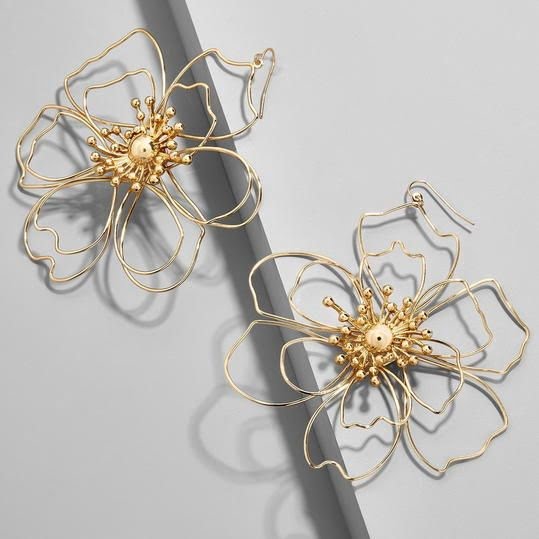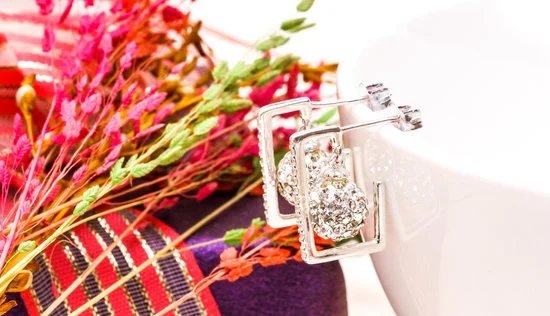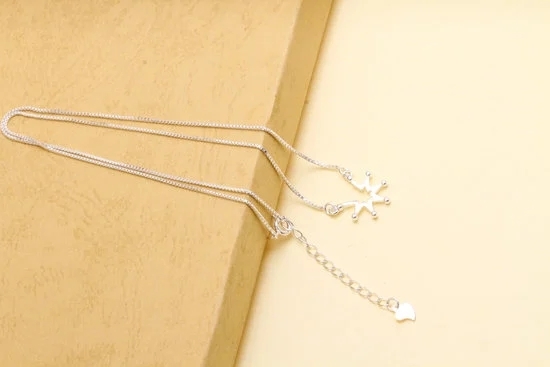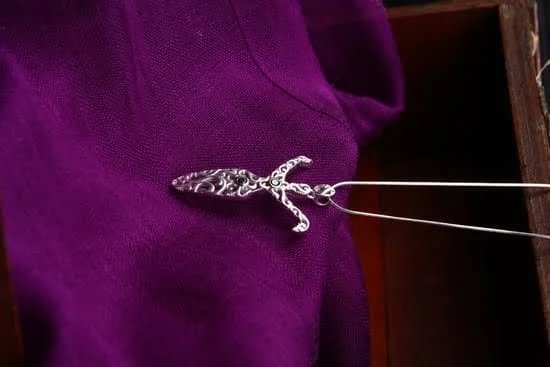Introduction
Silver balls are an ideal option for anyone interested in customizing jewelry making. They are often considered a more economical alternative to beads, while also offering a wide range of design options. Silver balls come in different sizes, from very small ones that measure less than one millimeter, to larger ones with a diameter of up to 8 millimeters. Depending on your own personal preference and project needs, you can choose the type and size of silver ball for your jewelry making.
Before you start your project, it’s important to understand the different types of silver that are available for use in jewelry making. Traditional Sterling silver is 92.5% pure silver and 7.5% other metal alloy; it’s by far the most common form used in jewelry projects due to its affordability and longevity. Fine silver is 99.9% pure silver; more expensive than sterling because it’s not mixed with any other metals, but much harder-wearing than sterling. Argentium® silver is 95% pure silver and 5% germanium alloy which makes it tarnish-resistant and slightly harder than traditional sterling silver; however, since it contains more alloying materials it may take slightly more time to finish polishing projects made with this form of silver.
Now that you’ve sorted out the type of material you want to work with, let’s look into how to make beautiful pieces featuring your favorite type of metal – be it fine or argentium®silver – into lovely decorative balls for jewelry making! First off we recommend starting out with metal sheet material as opposed to metal wire or rods; though these might be appealing options at first glance because of their low cost, they may not deliver as strong and reliable a result as using metal sheets would when shaping jewelry items such as beads or spheres. Metal sheets can come pre-cut into square or rectangle shape patterns or round rings (known as circles) allowing for greater flexibility when designing applications for different shapes and sizes of jewelry elements such as beads or balls. Once you have chosen the right size piece of metal sheet along with the correct gauge pattern (e.g., 16 gauge versus 14 gauge thinness), you should then proceed by cutting it mainly into squares – particularly since many designs require precise measurement cuts in order produce a finished product free from unsightly defects like denting – before forming those pieces into spherical shapes like balls through repoussage (using hammers) rolling mills (pressure rotations). For example if you need 10 beads measuring 7mm each made from 080” thin sterling silver square patterns initially cut 5/8 ” square x 080”. Finally sanding and tumbling will ensure a quality shine across each ball by delicately smoothing even any rough edges around them before further totaling up the weighting down process via adding eyelet threads at 6 endings per bead accompanied by thorough cleaning with hot pickle root together running finials through polishing procedures utilizing different compounds like ceramic media with rotating paper wheels followed up applying felt burr bits controlled spinning motions which eventually lead towards extra lustrous silky texture finishes building up neat looking classy non-tarnished dazzling spheres suited best fit elegant necklaces backed widely appreciated among fashionista circles who crave minimum investment maximized results within their budget levels always attractively cropping uptown bright lights sparkling premium brand goldic jewels during gatherings witnessed every event year shopping streak!
Material Needed
Melting Equipment:
– Crucible or melting pot
– Heat source (such as a torch)
– Tongs
Shaping Materials:
– Silver metal, either pre-made silver balls or pure silver wire/rods
– Hammer and anvil
– Plasticine block for forming the shape of the ball (optional)
– Drill bit for making a hole in the balls, if desired
Protective Gear:
– Thick, heat resistant gloves to protect from burns
– Goggles to avoid flying sparks or metal flakes
– A dust mask to avoid breathing in metal particles or fumes
Other Optional Materials:
– Stamping tools to decorate the outside of the silver balls (optional)
– A jewelry drill with polishing attachments, if desired.
Preparing and Shaping the Silver
1. Start by purchasing silver scraps or ingots from a local jewelry supply shop, as well as a jeweler’s saw and hand files. Additionally, purchase a mandrel that corresponds to the size of the silver ball desired.
2. Assemble your supplies on the work surface and put on protective gear, such as eye protection, gloves and a dust mask.
3. Place your silver scrap or ingot into the clamp attached to your saw frame and securely tighten to ensure it won’t move during cutting.
4. Carefully cut out small circles with the jeweler’s saw blade which are slightly larger than the size of silver balls desired. Wipe away any dust created during cutting with a damp cloth and set aside each disc once finished cutting.
5. Securely place each disc onto acoustic foam attached to your workbench using either double sided sticky tape or clips for further support for filing down later on in the process..
6. Use needle files to shape each disc until both sides are flat and even, then use round-shaped files to shape each disc into a somewhat spherical form..
7 . Using medium grit sandpaper finish off shaping of each disc until it is perfectly round with no sharp edges or bumps remaining.. 8 . Place each shaped disc onto the mandrel that relates to its size, begin spinning slowly while holding an acetylene torch flame against it at all times until your desired effect is achieved – this melting process should create an overall perfectly round smooth sphere..
9 . Finally dip silver balls in liver of sulfur solution to give them an aged patina look if preferred..
Melting and Casting
When melting silver for jewelry making, it is important to maintain a controlled temperature. This is typically done with a propane torch and pre-measured amounts of silver. Make sure the temperature does not rise too quickly or it can lead to casting blowouts or fracture defects. Once the silver has been melted, use either a vacuum chamber or centrifugal casting machine to cast your piece into a mold. Be sure that all clamps are tight and secure in order for the piece to hold its shape during the cooling process. Small balls or beads may require additional refining after they have cooled in order to obtain a smooth, even finish. Smooth out larger pieces by hand with files and polishing pads. Follow these steps when melting and casting silver for jewelry making to ensure a successful project!
Finishing the Silver Balls
Finishing the Silver Balls
Once you have successfully created a silver ball, there are a variety of finishing methods that can be used. To create a shiny, polished surface, you may use jewelers rouge polish, buffing wheels and/or polishing compounds common to jewelry making. The method will depend on the type of metal and your desired result. To give the silver ball an antiqued finish, you may use patina solutions and/or applying a chemical agent like liver of sulfur. Depending on how much oxidation is desired, it could take several applications or dilutions in order to achieve your desired result. To maintain the look of polished silver right away or keep it over time, using a silver protectant polish or sealing wax can help preserve it’s natural shine.
Usage
Silver balls make perfect items for all kinds of jewelry pieces. To create a pair of earrings, you can use silver balls with hooks for pierced ears. Thread the silver balls onto a wire head pin to create dangles. These can be attached to French hooks or leverback settings to complete the earrings. To make necklaces, simply string the silver balls on a thin chain of your choice. Beads of different sizes, shapes and colors can also be added for an attractive and eye-catching look. Bracelets can be made using elastic cording in order to fit every wrist size. Silver beads and lockets can also be added as charms for additional ornamentation. Additionally, rings and hair accessories such as barrettes and tiaras can also be created with silver balls. With some creativity and imagination, you’ll be able to come up with stunning one-of-a-kind pieces that are sure to turn heads!
Conclusion
Making silver balls for jewelry is an exciting and rewarding experience that allows creativity and craftsmanship to meet. To make your own handcrafted silver balls, start by gathering the supplies you will need, such as round molds, wax beads, a blowtorch or melting spoon, a crucible, and sterling silver wire or sheet. After heating your metal with the blowtorch or melting spoon until it reaches a liquid state, you can fill the round molds with your molten silver. Once cooled, remove the balls from the molds and set aside. You can now buff and polish them to perfection – creating beautiful handmade presentable jewels.
With this tutorial you should now have the know-how to make beautiful silver balls for jewelry. For further exploration of metalsmithing techniques as well as casting processes that involve metals like silver, copper, bronze and gold – consult additional online resources such as tutorials from various artists offering helpful tips on working with metal. There are thousands of Youtube videos available that offer step-by-step how-to guides from some of today’s top artisan metalsmiths; these provide valuable insight into materials handling and safety practices regarding hot metalsmithing.

Welcome to my jewelry blog! My name is Sarah and I am the owner of this blog.
I love making jewelry and sharing my creations with others.
So whether you’re someone who loves wearing jewelry yourself or simply enjoys learning about it, be sure to check out my blog for insightful posts on everything related to this exciting topic!





